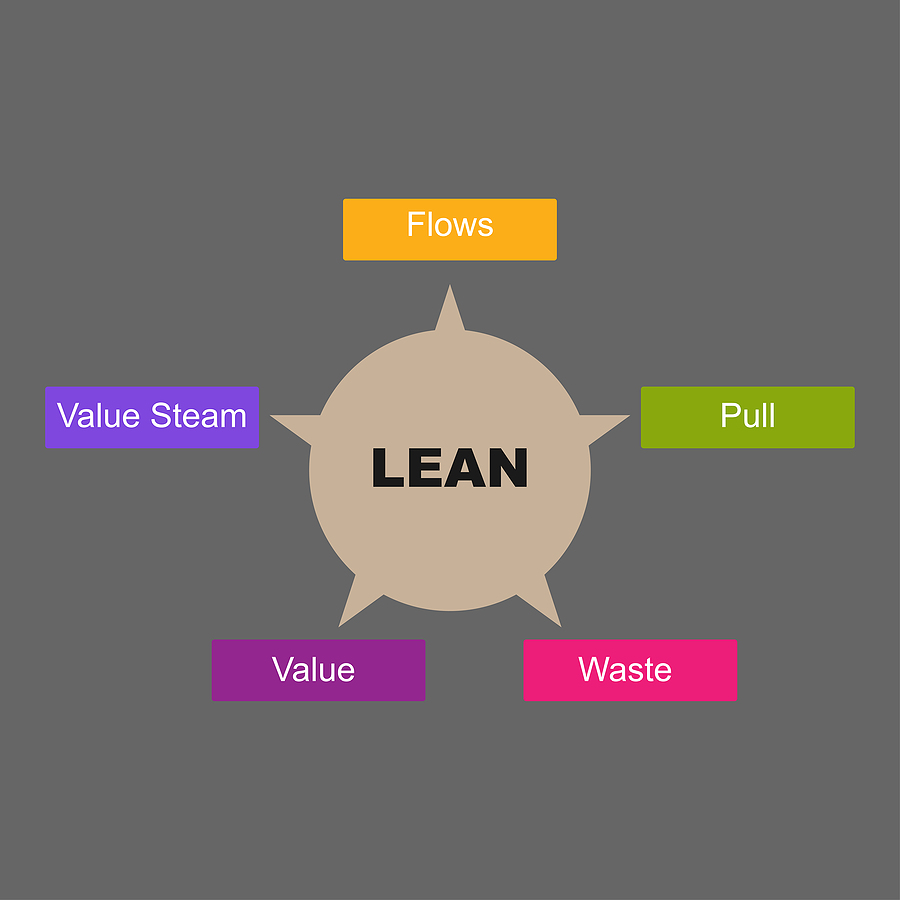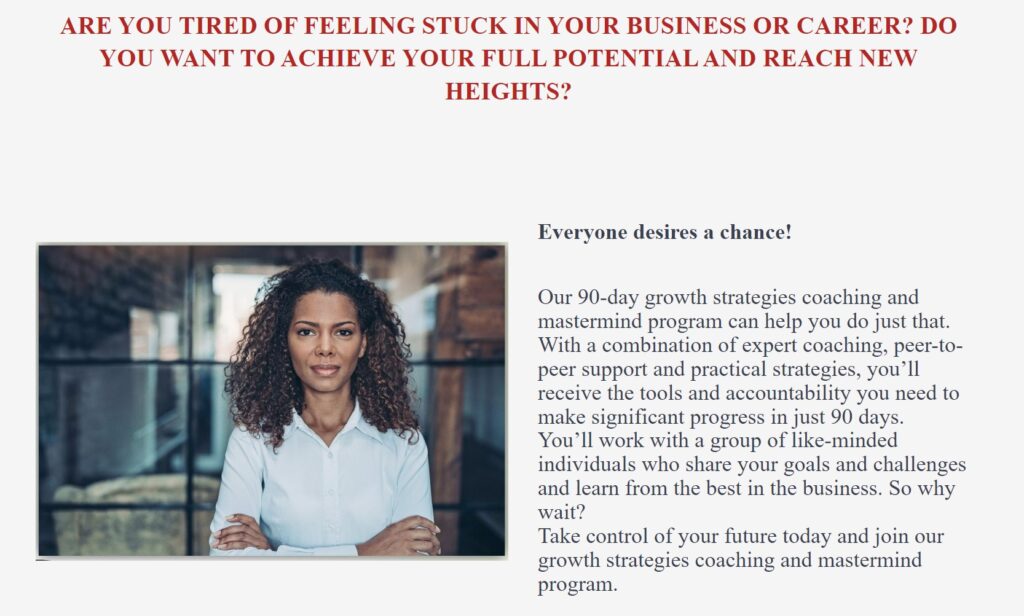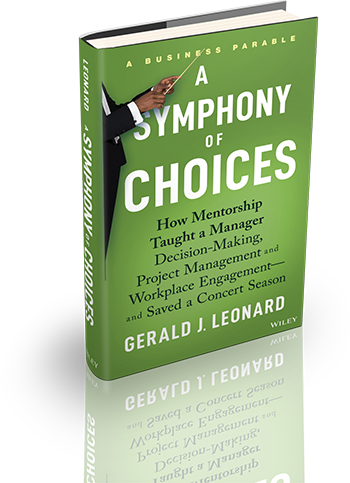As I sit here pondering how to make the rest of 2023 the most productive and organized year yet, I can’t help but wonder: Are you ready to take control of your time like never before? Are you eager to unlock the secret to staying on top of your game? In this article, we’ll delve into powerful strategies and tactics that will revolutionize how you manage your time and stay organized. Let’s dive in!
Imagine this:
You’re faced with a daunting to-do list, and the hours slip away like sand through your fingers. But fret not! By adopting a few time-tested methods, you can transform your approach to time management and soar to new heights of efficiency.
One of the most impactful ways to reclaim control of your day is through prioritization. Picture your tasks as an array of colorful marbles, each representing a different priority. By focusing on the most significant, shiniest marble first, you’ll ensure that you tackle the most critical task head-on, setting the tone for a successful day. And remember, it’s not about being perfect but making steady progress.
Now, let’s talk about the magic of setting deadlines. Do you ever work aimlessly, without a finish line in sight? Trust me; I’ve been there too! But here’s the thing: Setting deadlines creates a sense of urgency that propels us forward, even when distractions abound. So, for every task you undertake, ask yourself, “When do I want to complete this?”
However, time management is only half the battle. Organizational skills are pivotal in keeping your life and work in sync. Imagine your day as a symphony, with different instruments playing in harmony. Organizational skills are the conductor that orchestrates this symphony to perfection.
A powerful tool in the organizational arsenal is the good old to-do list. But hold on, not just any to-do list. This one is smarter, shorter, and sweeter. It’s your trusted companion that keeps you on track without overwhelming you. Keeping your to-do list concise and focused on the most impactful tasks, you’ll avoid that dreadful feeling of never-ending work.
Another crucial aspect of the organization is decluttering. Think of your physical space as a reflection of your mind. A cluttered desk can lead to a cluttered mind, making it hard to focus and prioritize effectively. Take some time to clear out unnecessary items, and you’ll find yourself thinking clearer and working smarter.
I know what you’re thinking:
“This all sounds great, but how can I make these strategies stick?”. Well, my friend, the key lies in consistent practice and accountability. Set aside a few minutes daily to review your goals, deadlines, and progress. Celebrate your victories and reflect on areas that need improvement. Creating this habit loop will keep you motivated and committed to mastery.
Remember that even the best-laid plans can hit roadblocks as you embark on this transformative journey. Life is unpredictable, and you’ll encounter challenges along the way. The actual test of your time management and organizational skills lies in how you adapt and recover.
So, imagine it’s a typical Monday morning, and your well-crafted plan gets derailed by an emergency. Instead of feeling defeated, ask yourself, “How can I rearrange my priorities to accommodate this new challenge?”. Shifting gears and maintaining a growth mindset will make you stronger and more resilient.
As we gear up for finishing 2023 strong, we must be kind to ourselves and acknowledge that perfection isn’t the goal. It’s about progress, not perfection. So, whenever you are veering off track or overwhelmed, take a deep breath, remind yourself of your purpose, and get back on the saddle with renewed determination.
Remember
Mastering time management and organizational skills aren’t about adhering to rigid rules but finding a system that aligns with your unique style and personality. Experiment, make adjustments, and most importantly, enjoy the process!
As readers of the esteemed Productivity Intelligence Institute Magazine, you are undoubtedly accomplished individuals with a thirst for growth and knowledge. Incorporating these strategies into your daily life unleashes your full potential and sets an example for others.
As we venture into the rest of 2023, let’s make a pact to prioritize our time wisely, embrace the beauty of organization, and conquer each day with zeal. Together, we’ll shape a year filled with achievements and triumphs, creating a ripple effect that touches every aspect of our lives.
Now, are you ready to take the leap and transform your life? The power lies within you, and 2023 is waiting for you to make it your best year yet. Let’s dive into this adventure together, one step at a time, and make this the year of incredible growth and success!











